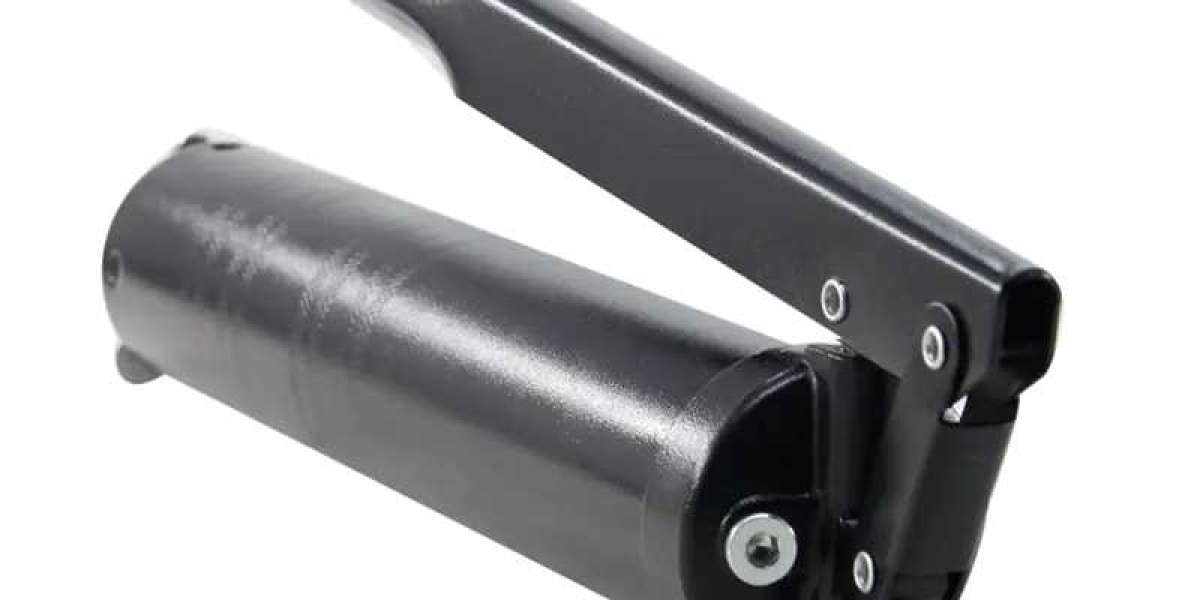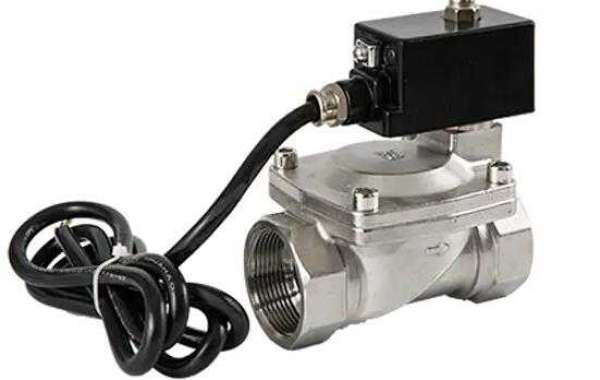Preventing grease leakage or clogging in a grease gun is essential to maintain its efficiency and longevity. Here are key practices to avoid these common issues:
### 1. **Use the Right Type of Grease**
- **Grease Compatibility**: Ensure that the grease you’re using is compatible with the grease gun and the machinery being serviced. Different greases have varying viscosities and chemical compositions, and mixing incompatible greases can lead to hardening or breakdown, resulting in clogs or leaks.
- **Stick to One Type of Grease**: Avoid switching between different types of grease without thoroughly cleaning the grease gun. Mixing greases, even if they seem similar, can result in chemical reactions that clog or damage internal components.
### 2. **Keep the Grease Clean**
- **Prevent Contaminants**: Dirt, dust, or debris in the grease can cause blockages and increase wear on the grease gun’s seals. Always use clean grease cartridges or containers, and ensure the grease gun is stored with its nozzle and hose covered to keep contaminants out.
- **Store Grease Properly**: Grease should be stored in a cool, dry place to prevent it from degrading. Heat and moisture can cause grease to break down, becoming either too runny or too thick, leading to leaks or clogging.
### 3. **Regular Cleaning and Maintenance**
- **Clean After Use**: Wipe down the nozzle and the grease gun’s body after every use to remove excess grease that may attract dirt. Regularly clean the gun’s internal components, including the plunger, to prevent old grease from hardening and blocking the flow.
- **Clear Air Traps**: If air becomes trapped in the grease gun, it can create pressure imbalances, leading to leaks. Bleed out trapped air by using the air release valve or priming the gun to ensure smooth grease flow.
### 4. **Avoid Overfilling**
- **Fill Grease Correctly**: Overfilling the grease gun can cause internal pressure to build up, which can lead to grease leakage, especially around the seals. Always follow the manufacturer’s guidelines for loading grease to the correct level.
- **Monitor Pressure**: For pneumatic grease guns, it’s important not to exceed the recommended air pressure. Over-pressurizing the gun can cause leaks at the nozzle and other weak points.
### 5. **Check and Replace Seals and O-Rings**
- **Maintain Seals**: Worn or damaged O-rings and seals are common causes of leaks. Inspect these parts regularly, lubricating them as needed and replacing them when necessary to ensure they maintain a proper seal.
- **Replace Worn Hoses and Nozzles**: Cracked or damaged hoses and nozzles can cause grease to leak. Regular inspection of these parts is necessary, and they should be replaced immediately if signs of wear or damage are visible.
### 6. **Store the Gun Properly**
- **Nozzle Cap**: Always cap the nozzle Heavy-Duty Grease Gun Suppliers or cover it with a protective sleeve when not in use. This prevents grease from leaking out and keeps dirt from getting in, which can cause clogs.
- **Vertical Storage**: If possible, store the grease gun vertically, with the nozzle pointing upward. This can prevent gravity from pulling grease out of the nozzle, reducing the risk of leaks.
### 7. **Use High-Quality Components**
- **Quality of Parts**: Invest in a high-quality grease gun and components. Cheaper models may have poorly fitted seals or weak hoses that are more prone to leaking or clogging.
By following these steps, you can significantly reduce the chances of grease leakage and clogging, ensuring smooth and reliable performance from your grease gun.







